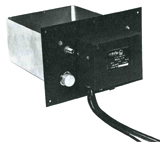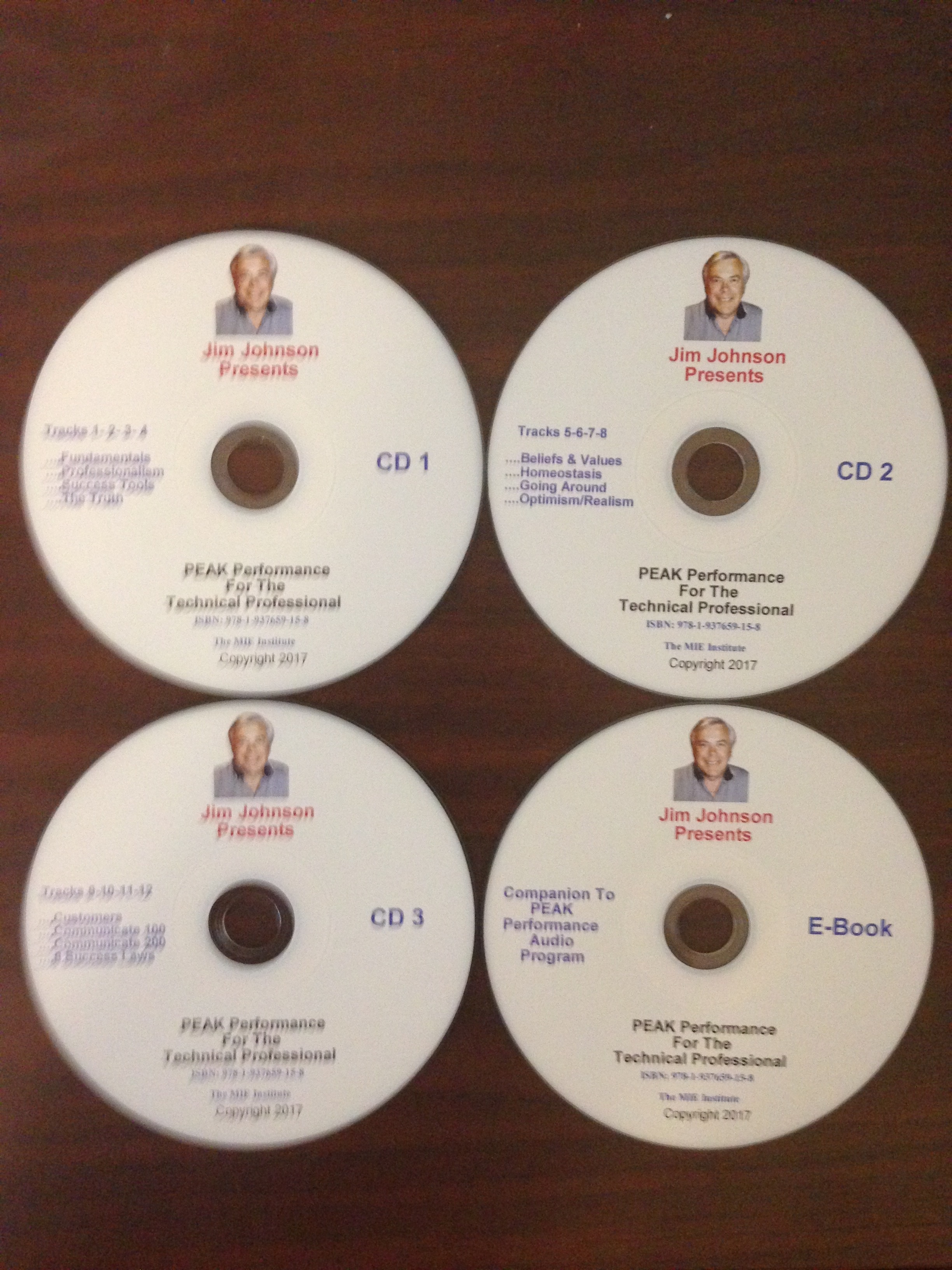
Figure 1. This is a rotating wire mesh humidifier. As the mesh
turns, it picks up water and rotates it into the air stream for evaporation.
(Figures are from Refrigeration & Air Conditioning Technology, 5th
Edition, by William Whitman, William Johnson, and John Tomczyk, published by
Delmar Cengage Learning.)
Btu Buddy responded, “They are all the same in that they add moisture to the air. Different homes have different types of heating systems. The home we were in today had a heat pump. When adding moisture to the heat pump system, you must take into consideration that the air temperature leaving the heat pump is not nearly as hot as air in a fossil fuel system, such as gas or oil. The discharge air temperature in a heat pump is never more than about 100°F, whereas a fossil fuel system may have discharge air temperatures of 150°F. The moisture must be evaporated into the air stream. One of the factors that you must remember is that all water contains some form of minerals. When evaporation occurs, these minerals must be considered. Let’s look at some ways that water is evaporated in various humidifiers.

Figure 2. This is a plenum-mounted humidifier that uses pads to
wick water up into the air stream for evaporation.
“A bypass humidifier can be installed where the plenum is not the right configuration for an under the duct system. The bypass humidifier uses a small duct from the supply air routed through the unit and over the media and into the return air (Figure 3). The supply air is under more pressure and forces warm air through the unit for evaporation.

Figure 3. This is a bypass humidifier; hot air from the hot air
plenum is pushed through the humidifier and returned to the return air side of
the furnace. A – Picture of the unit. B – Cutaway of the unit. C – Different
configurations using it as a plenum mount. (Click on the image for an enlarged
view.)
“Next, atomizing humidifiers - Some of these units are much like an oil burner nozzle and spray water directly into the air stream (Figure 5). Care must be taken that all of the moisture is absorbed into the air stream, or the excess may gather in the duct, so some of them spray water against a pad to ensure evaporation.
“Some humidifiers use a centrifugal rotor to sling water into a mist, similar to a baby’s humidifier (Figure 6). These are often used in the return air duct because the supply air duct is in a positive pressure.
“All of these humidifiers have their good points. You should look at the effectiveness of the unit, the installation cost, the operating cost, the maintenance cost, and initial cost before recommending a unit for a particular installation.”

Figure 4. This humidifier uses electric resistance heat to
evaporate water into the air stream.
Btu Buddy suggested, “Work with the salesman to work up the estimate and he will show you how to compare the units. The next time you are called on to do this, you will have a basic understanding and will be able to select a unit just from looking at the installation.”
Btu Buddy then added, “You also need to consider how to control the humidifier.”
Bob said, “Don’t tell me there is more to this.”
Btu Buddy said, “Not much more. Different manufacturers recommend different methods of control. Even the outside temperature and the type of windows the house has will enter into the control of the system. Have you ever seen a house where the windows were sweating on the inside?”

Figure 5. This humidifier uses a spray nozzle to atomize water
into the air stream.
Btu Buddy agreed and said, “When a house has single pane windows, the humidity in the house must be kept below the dew point temperature of the inside surface of the windows or they will sweat. It is recommended that a humidistat be installed in the house and that the homeowner be educated to look for sweat on the windows and to turn the humidistat down at the first sign of fog or sweat. Some manufacturers use electronics to monitor the outdoor temperature and indoor humidity to automatically keep this from happening. That gets into a very sophisticated system.”
Btu Buddy then said, “Most of the humidifiers must also be interlocked with the fan, so the unit will not operate unless the fan is running and in the heating cycle. This is particularly true with the atomizing type. Most circuit boards on furnaces that have electronic circuit boards have a connection for humidifiers and electronic air filters that takes care of this for you. In the event that there is no connection, other methods can be used. For example, you could use a sail switch that would change position when there is airflow. The only thing that must be considered here is that if the system has cooling, you don’t want the humidifier operating in the summer. A temperature sensor can be installed that will only allow the unit to operate when the air temperature is hot.”

Figure 6. This humidifier uses centrifugal force to break the
water up into fine particles and then they are sprayed into the air stream to
mix with the air.
Btu Buddy then said, “Remember the mineral buildup that occurs in the water when water is evaporated. As water is evaporated, any minerals will be left behind. Many humidifiers have a system that will change the water in the humidifier sump by letting some of the water go down the drain to allow fresh water into the sump. This will dilute the minerals in the sump. You must provide a place to drain the water from this sump if it has a dilution system. Get with the salesman and he will fill you in on which system will fit the job you are working on. I will meet you at the job later today and see what you came up with.”
Later in the day, Bob and Btu Buddy met at the job and Btu Buddy asked, “Which system did you decide on?”
Bob said, “We decided on the bypass type system because the system is a heat pump. The salesman was a big help showing me the differences in the available systems. I was prepared to talk to him on his level because we had lunch together today. I have the system in the truck along with a humidistat and some drain line that I will pipe into the system’s condensate drain system from the air conditioning cycle. This heat pump has an electronic circuit board with a connection for a humidifier. The salesman showed me the file where he had sold the system and pointed it out to me in the unit literature.”
Btu Buddy said, “You had another day of experiences today. This day will serve you well in the future.”
Bob said, “Again, I would like to thank you for all of your help.”
Publication date:03/23/2009



